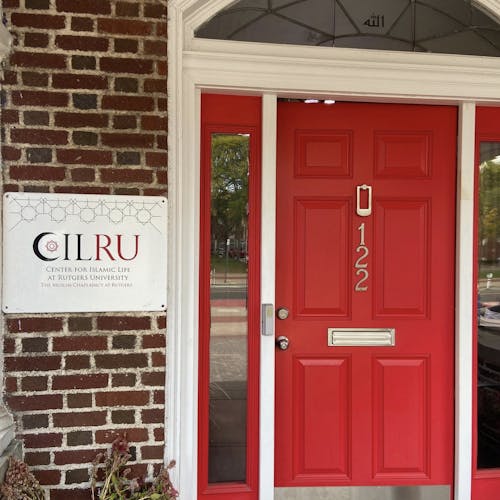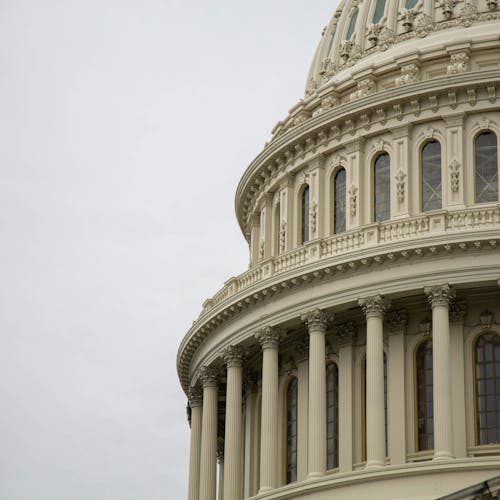Professors talk benefits of public relations field

The public relations field is fast-paced and constantly changing, said Matthew Weber, a professor in the Department of Communication.
“Everything about it is always moving — the problems you have, the field, the skills, the technology, the content,” he said.
The School of Communication and Information now offers a Public Relations specialization to prepare Communication majors for work in the industry. They announced their new offering at a kick-off event yesterday at the School of Communication and Information building on the College Avenue campus.
“It’s been a long time coming,” said Laurie Lewis, chair of the department. “A lot of students were already interested in it, so we took some of the courses in persuasion and mediation and turned them into a specialization.”
The new specialization is called Strategic Public Communication and Public Relations, combining six theory-based and six practice-based courses, she said.
Former professionals who worked in the field teach the practice courses, which aim to familiarize students with the practical aspects of the field. The theory courses teach the underpinning relationships and the set of principles behind public relations, said Jack Grasso, a professor in the Department of Communication.
“Public communications and public relations are very dynamic professions, and we’re here to prepare students for performance in the discipline,” he said.
In one theory-based course, taught by Weber, students learned to practice their theory knowledge with practical application. They worked with a real client and attempted to solve his or her unique problems, Weber said.
“The work they come up with runs the spectrum,” he said. “In the last class, to get people to participate in a survey, they raffled off a $50 gift card. One class also went canvassing along half of the Northeast Corridor to look at bookstore merchandising.”
He said students were challenged to work as a class on a project, which was both a common and important skill to put on a resume in the public relations industry.
“In the field, you’re not working alone, or in a group of five, but in a team of 30 people,” he said.
Lewis said the combination of strategic public communication with the more specialized public relations study gave students more options for a future career. The work they did was broader than handling crises and marketing for the brand.
“You could go into advocacy for nonprofits, or health campaigns to get people to live a more healthy lifestyle or in consulting for a firm,” she said.
Jeffrey Malaney, a School of Arts of Sciences junior, said he enjoyed the fast-paced atmosphere. He has an outgoing personality, which drew him to the field.
“If you want to go into public relations, you have to be able to talk to people on a personal level, and at the same time be yourself,” he said.
Students learn both social skills, such as working with a group of people, and technical skills, such as how to write a newsletter and a press release, said Sha Huang, a School of Arts and Sciences junior. She is interested in the specialization.
“This may sound ambitious, but I want to do something to help my country,” said Huang, an international student from China. “I feel like the image of the country needs to be improved more.”
Andrew Pilecki, a School of School of Arts and Sciences senior, said he came to study public relations from a very strange background.
“I almost got an associate’s degree in audio production, but I realized the credits wouldn’t transfer, so I switched to video,” he said. “I ended up graduating from Brookdale Community College with a degree in media studies.”
When he came to the University, he started taking communication courses, but the public relations field drew him in, he said.
“It’s the strategic and applied tactics of everything I love to do, and it just kind of fell in my lap,” he said.
With the help of the University’s chapter of the Public Relations Student Society of America, he found an internship at a small agency working digital marketing, where he took a public relations approach to working in social media, he said. He was hired in February.
“I didn’t have any experience in marketing, so I just took the work and adopted it to my skills,” he said.
He was surprised to find how much writing was involved. He wrote at least six press releases a day, he said, along with tweets and other forms of written media.
He said the structure of most public relations releases were similar to news articles, in which the writer sets the tone of the piece in the beginning and then adds more details later.
“But there’s a lot more at stake,” he said. “You have to hook people into the story and get the message across, sometimes with only 140 characters.”
People hoping to break into the public relations industry should start with small agencies with more hands-on experience, he said, but it is not urgent to choose a field right away.
“Not one ends up where they first studied,” he said. “Don’t have a plan. Just work with the opportunities that come to you.”



